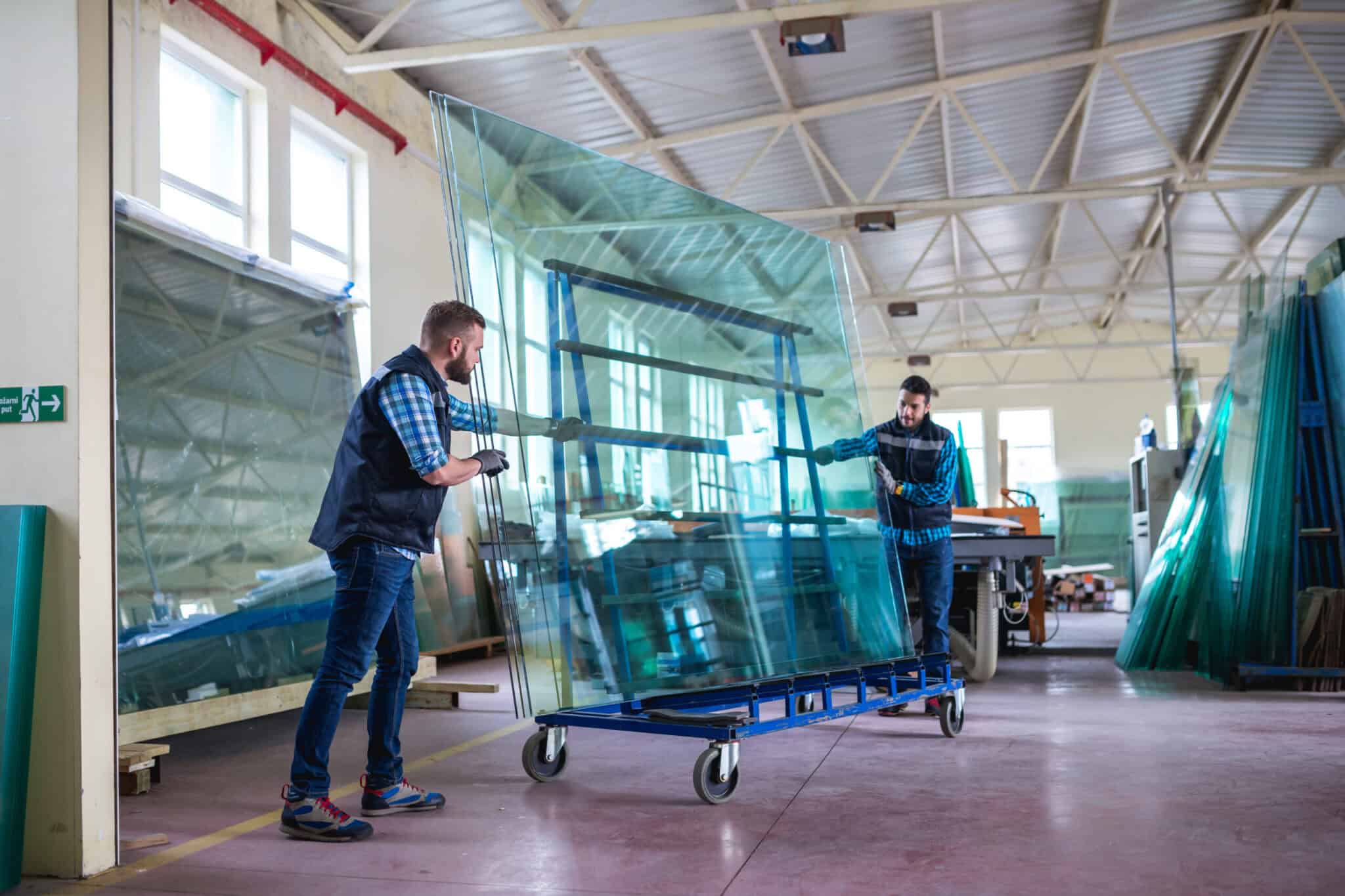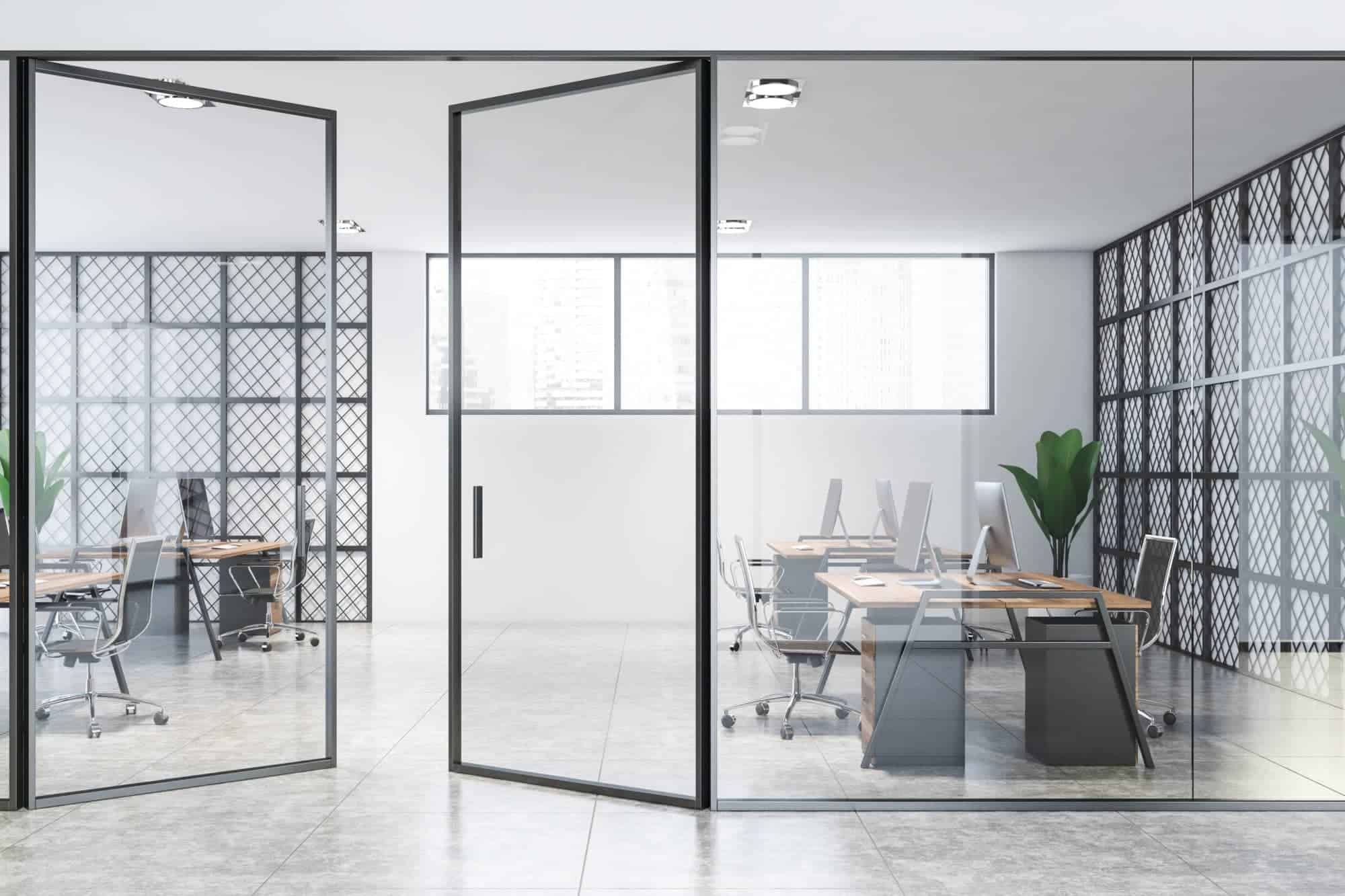Could you use a piece of glass to protect that new wood table or desk? Thinking about adding a glass partition in your office building but don’t know where to start? Considering a new shower enclosure or updating your windows and doors? The great thing about glass is that it has so much versatility to match its beauty. Whether it’s enhancing the aesthetics of our homes or providing structural support, the type of glass used plays a crucial role in every piece that’s made for your home or business. Let’s delve into a few of the different types of glass and understand why certain varieties are preferred for specific applications.

1. Annealed Glass: The All-Purpose Standard
Annealed glass, the most common type of glass, is used in many ways. It is produced by floating molten glass on a bed of molten metal, creating a smooth and uniform surface. Talk about HOT! Annealed glass is perfect for general purposes, offering clarity and durability. Its versatility makes it an excellent choice for windows, doors, and basic glass surfaces.
2. Tempered Glass: Strength in Every Pane
When it comes to safety and durability, tempered glass takes the lead. Tempered glass is suggested for applications where safety is a primary concern. This type of glass undergoes a heating and rapid cooling process, making it up to five times stronger than regular glass. This strength, combined with its ability to shatter into small, dull-edged pieces, makes it an ideal choice for shower doors, glass table tops, and any application where safety is paramount.
3. Laminated Glass: The Security Shield
Laminated glass, composed of two or more layers with an interlayer of plastic, is another commonly used type of glass. The plastic interlayer holds the glass together in the event of breakage, providing added security. Laminated glass is commonly used in skylights, glass floors, and even car windshields. Its ability to resist penetration and reduce the risk of injury makes it a top choice for various safety-focused projects.
4. Low-E Glass: The Energy Saver
Low-E, or low-emissivity, glass was created to minimize the amount of infrared and ultraviolet light that comes through your glass, without minimizing the amount of light that enters your home. Low-E glass windows have a microscopically thin coating that is transparent and reflects heat. The Low-E coatings keep the temperature in your home consistent by reflecting the interior temperatures back inside. This makes it an ideal choice for windows and doors, providing excellent insulation and reducing energy consumption. Low-E glass is an excellent option for enhancing energy efficiency without compromising on natural light.
Let Your Curiosity Lead to New Possibilities
Whether you’re looking to enhance safety, energy efficiency, or simply add a touch of elegance with custom elements, there’s a type of glass for every project. With so many options available, there is so much more to explore when it comes to utilizing glass in your home or business. Each type serves a unique purpose, and understanding the characteristics of each is important to make informed decisions, ensuring the perfect match for your specific needs.

Still hungry for more?? Click here for more info!



